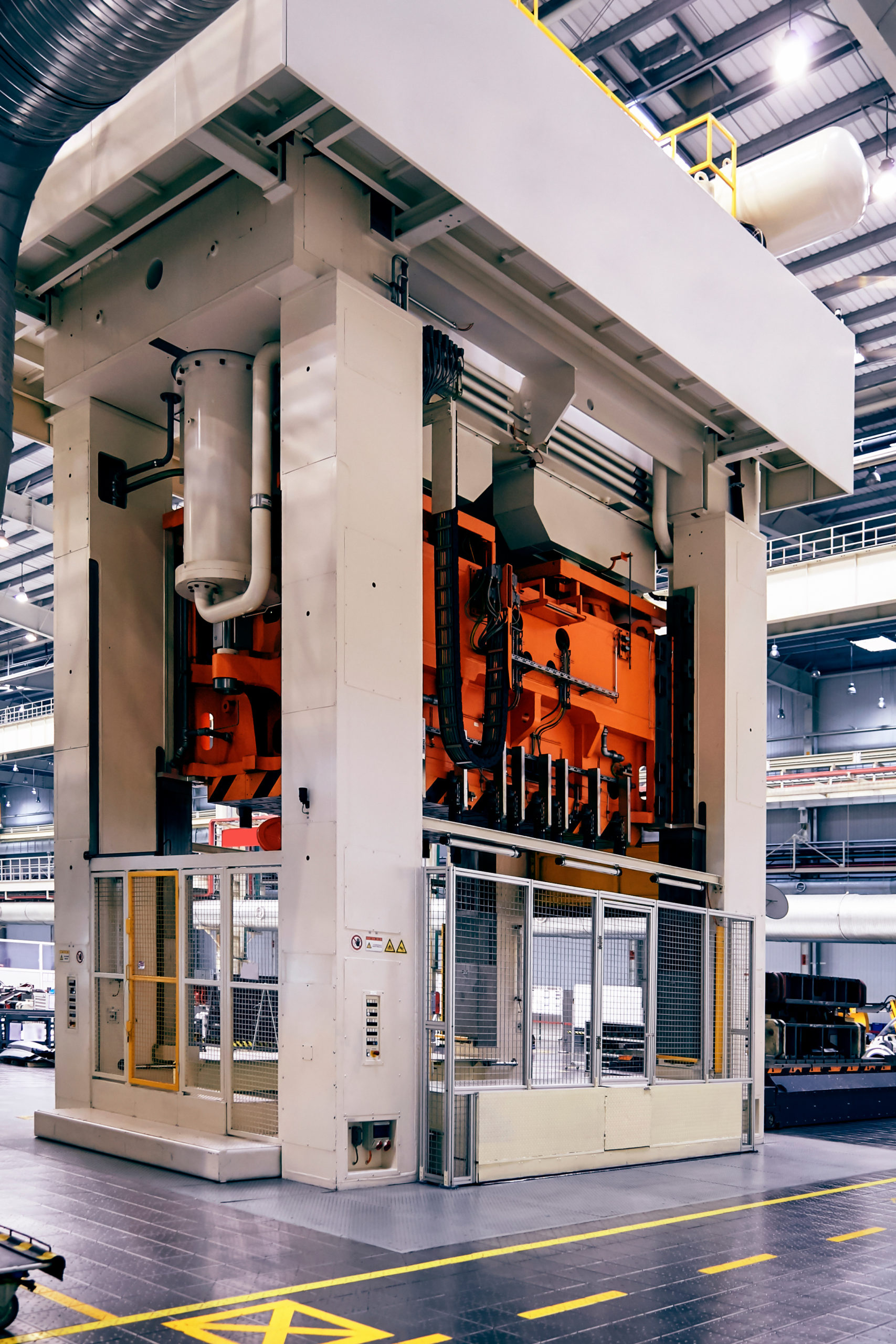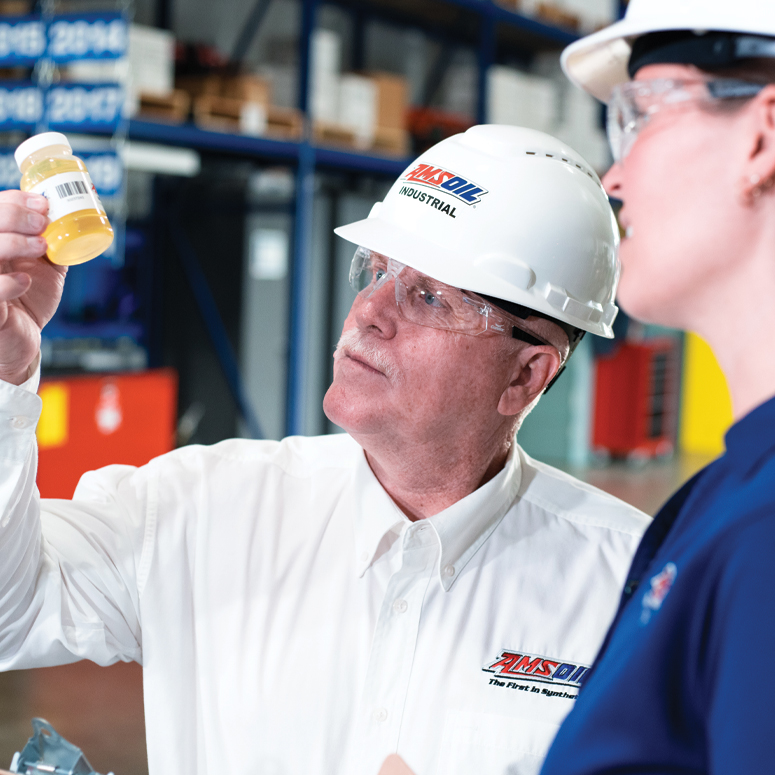Importance of Oil Cleanliness
What is Oil Cleanliness?
Oil cleanliness is the measurement of particle contaminants in oil caused by internal and external forces. External forces include particles such as dirt or other matter that enter the system, while internal forces are a result of mechanical wear seal deterioration sludge particles. Each piece of industrial machinery should have an oil cleanliness level recommended by the original equipment manufacturer (OEM) through the use of an ISO cleanliness code (a particle count of the oil).
Particle contamination is measured using ISO 4406 (c), which provides the number of particles per milliliter in three micron size ranges: ≥4/≥6/≥14
How does it affect manufacturing processes?
When customers receive new oil, it is important they filter it to the required cleanliness level before installing it into the hydraulic system. Filtration time increases if the new oil is dirty and needs more circulation to bring it within the cleanliness requirement. If the new oil is relatively clean, the time required to meet the cleanliness code is much less. The delivered cleanliness of the oil determines the time and effort required by the maintenance crew, which can ultimately affect the overall price of the customer’s products (time is money).
TIPS AND TRICKS FOR YOUR FACILITY
Contamination Control
Trained Professionals & Oil Sampling. It is highly recommended to bring in trained professionals to develop oil-sampling procedures, which will ensure oil samples are clean. The professional can make recommendations on which laboratory test methods are the most accurate and can provide the most complete data with which to evaluate the oil. It is important to complete regular oil analysis even if your oil appears clean. Many particles are only visible under a microscope, but they can still cause component damage and shorten equipment life. Completing regularly scheduled oil samples results in reduced downtime and lowers the cost of manufacturing, ultimately increasing profits.
It is important to consolidate oils into a smaller number to avoid accidental mix -up or human error. It may be possible to consolidate like oils of the same viscosity into just one oil, and it is also possible to consolidate further by switching to synthetic oil. Because synthetic oils span a wider temperature range, a synthetic viscosity may be able to cover two viscosity ranges.
Choose a manager. Having one person maintain and “own” the lubricant program for your plant can deliver measurable results. Most times, a metal-stamping operation requires more than one type of lubricant. The lubricants are likely stored in totes or drums in the plant. Assigning the responsibility of managing the program to one person helps mitigate the risk of human error and cross contamination, while ensuring that one person is fully aware and understands the requirements of the machines and processes. Having a manager also allows the company to easily implement and manage proactive and predictive maintenance plans.
Storage & Handling
Proper storage and handling of lubricants is key to properly managing an effective lubrication program. Industrial lubricants are often purchased by the tote or drum, but not all equipment takes the same type of lubricant. Excess lubricants are often stored in a warehouse, where they are susceptible to contamination from exposure to dust, dirt, water and varying temperatures.
Stored inside and temperature controlled. When storing lubricants on-site, they should always be stored inside with controlled temperatures and in air-tight containers.
Proper handling. Lubricants are susceptible to contamination during handling periods. To reduce the risk of contaminating lubricants, the lubrication points should be properly cleaned before application.
Proper labeling. Implementing a labeling program for lubricants reduces the chance of cross contamination and decreases the risk of equipment failure due to human error. Use tags at sampling ports that include a QR code for technicians to scan with a mobile device, eliminating the hassle of filling out lubricant-sample labels by hand. This reduces clerical errors and speeds the lubricant-sampling process.
If you have questions while implementing a lubrication program in your plant that ensures oil cleanliness, AMSOIL Industrial’s certified lubrication specialists are here to help.


